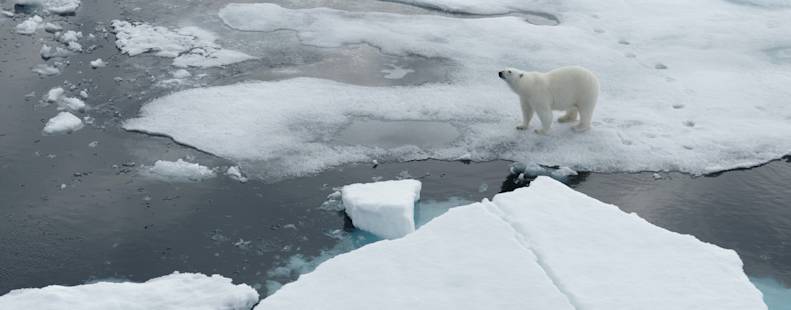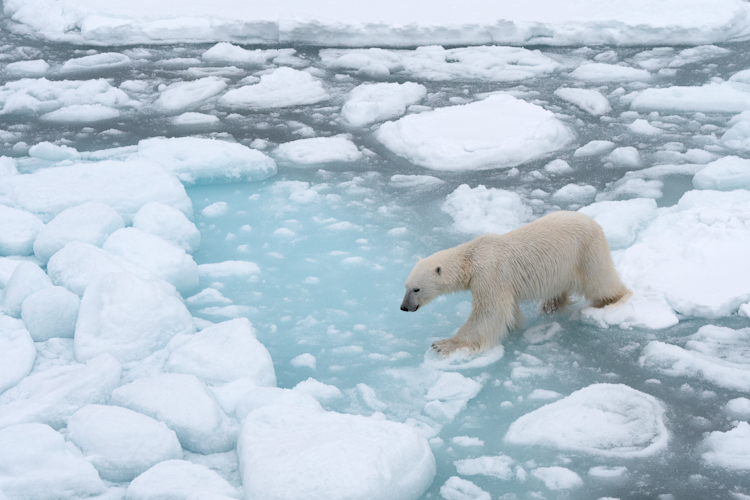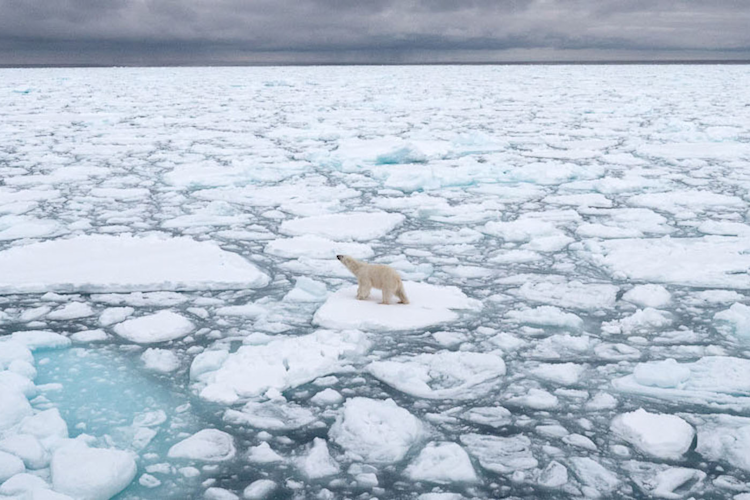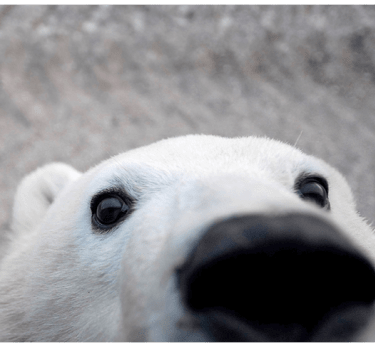Module 2C: Reflect

Common Misconceptions
What does it all mean for the future of sea ice?
Up to date sea ice information: Each year the U.S. National Oceanic and Atmospheric Administration (NOAA) provides an excellent video report card on the status of Arctic sea ice and Arctic warming.
This next video shows the impact that increasing CO2 levels will have on Arctic sea ice up to the year 2049.
You will learn in the next section about polar bears in a warming Arctic. Decades of scientific research on wild polar bears, using cutting edge technology and a collaborative research approach, conducted by teams of experts who have dedicated their careers to polar bear and sea-ice conservation, continues to give us valuable insight into a charismatic species in a vulnerable ecosystem.
Taking Care of Yourself
Understanding and Coping with Eco-Anxiety The natural environment is changing, and people are worried about what it means for the future. This document provides helpful tools for navigating our own eco-anxiety.
Resources for Working with Climate Emotions The climate crisis has many folks feeling on the edge. How can we cope, care, and heal? What do our emotions have to teach us? Can climate work and leadership grow from a more rooted, powerful place?
Tender Self-Compassion One strategy that may help lighten the load, is to think about the concept of self-compassion, as defined by Kristen Neff. It has three components: Kindness, Common Humanity, and Mindfulness.
Grounding Exercises You may have had an upsetting conversation, or learned some bad news. You may have been triggered or activated by a seemingly innocuous conversation. Either can cause anxiety. Grounding exercises can help calm our bodies and minds.
Additional Reading

Finished?
Continue on to Module 2D – Apply.











